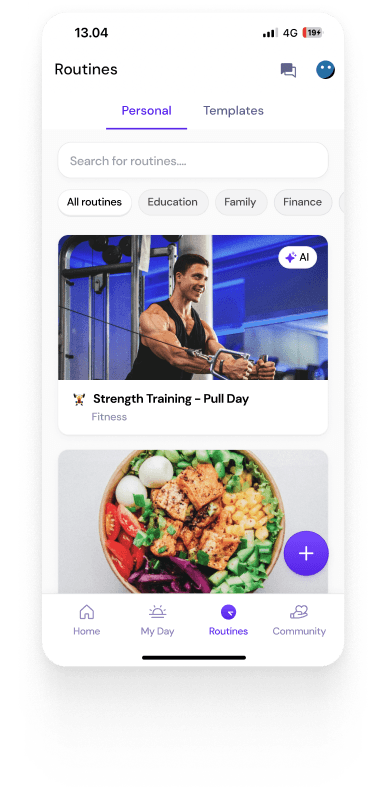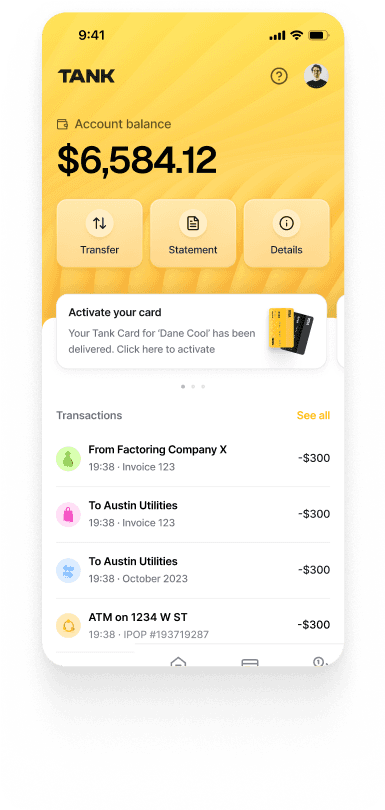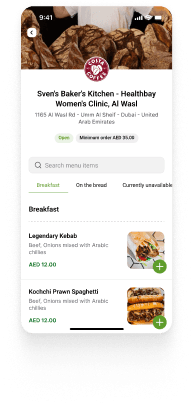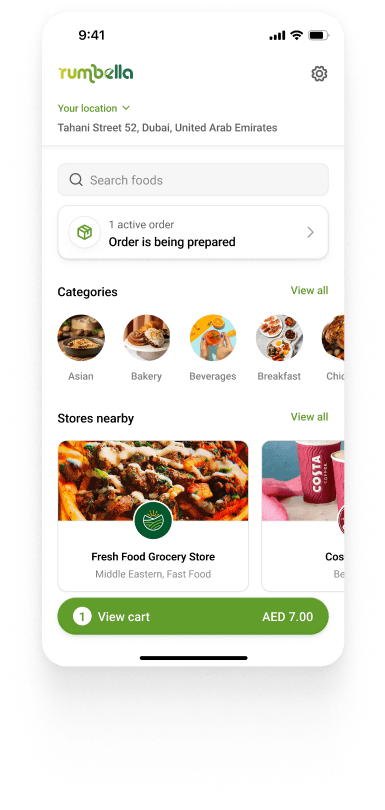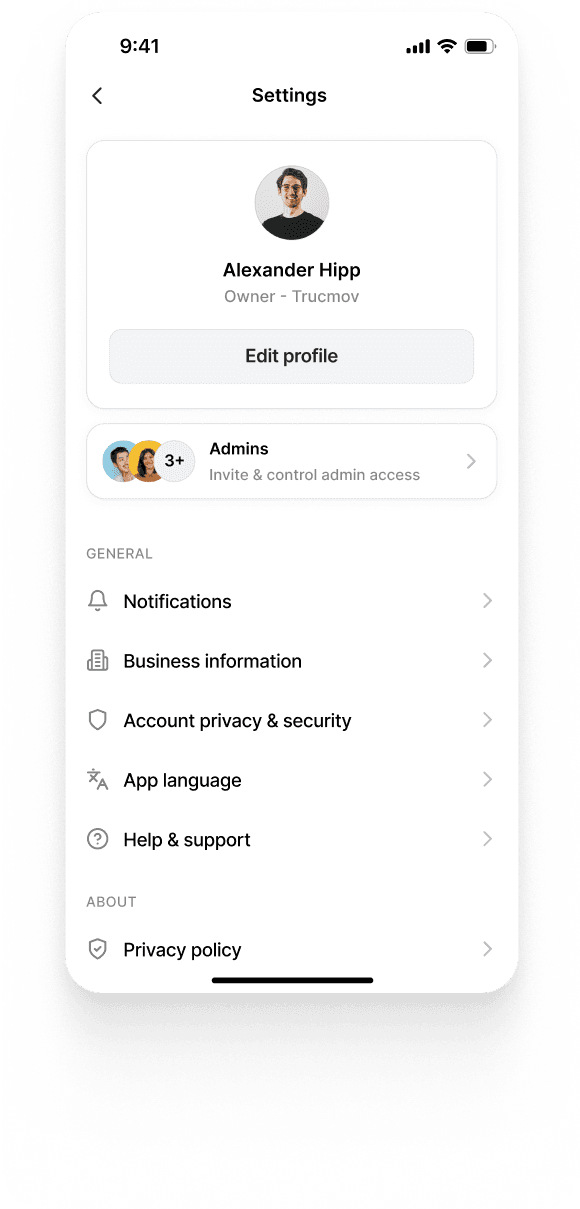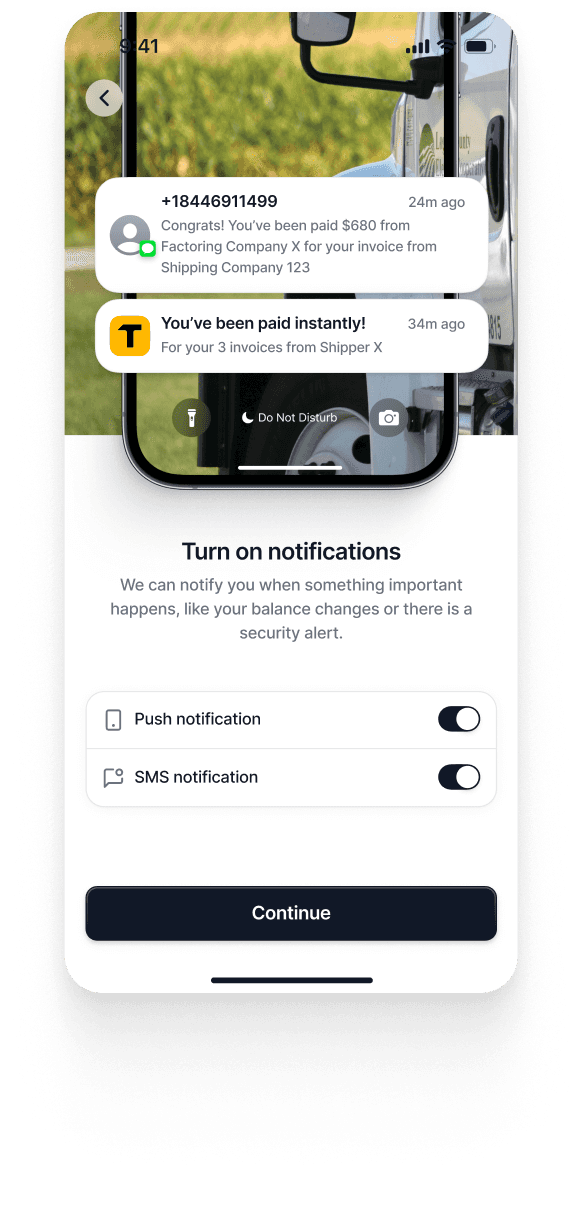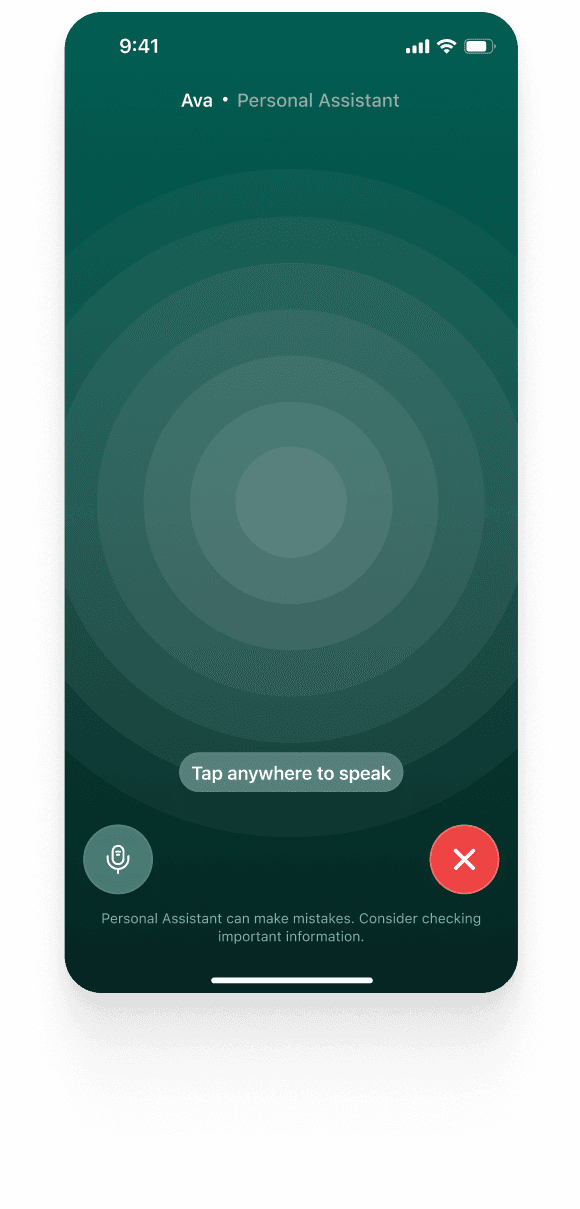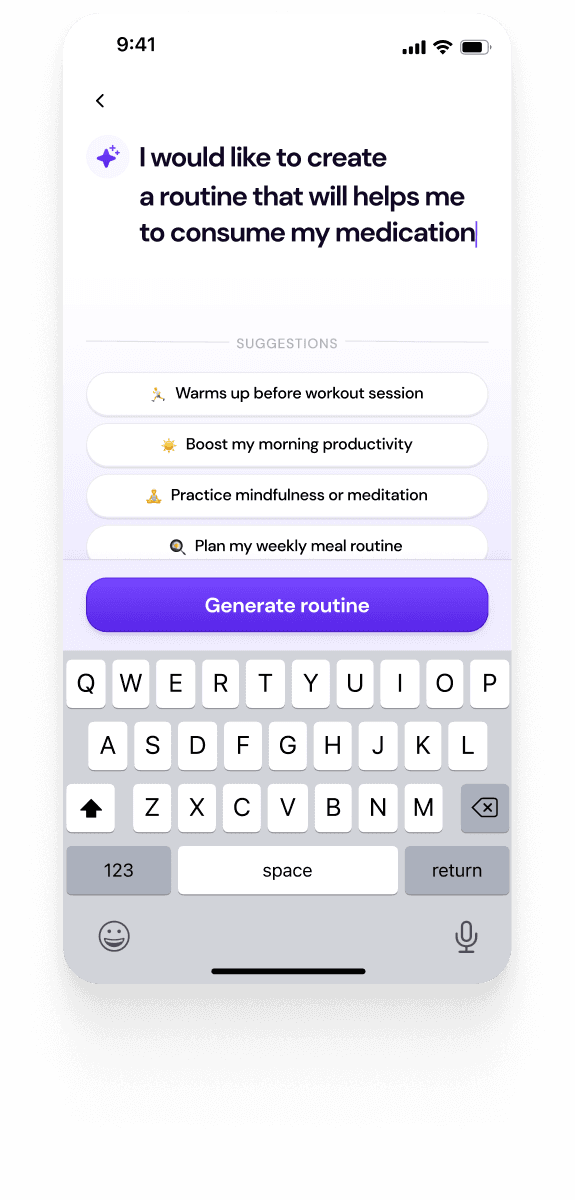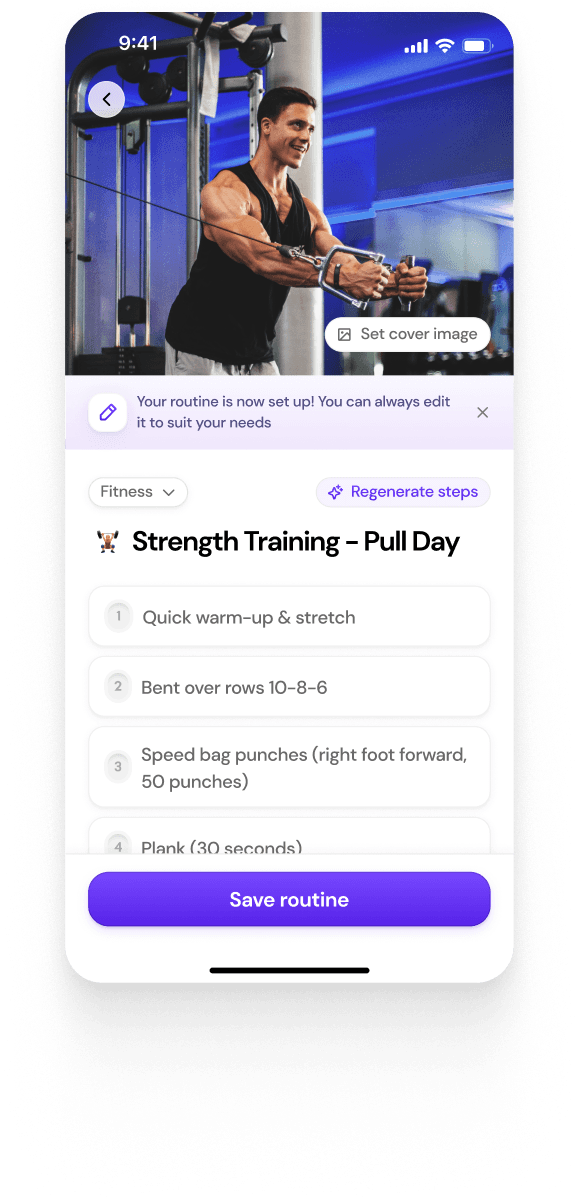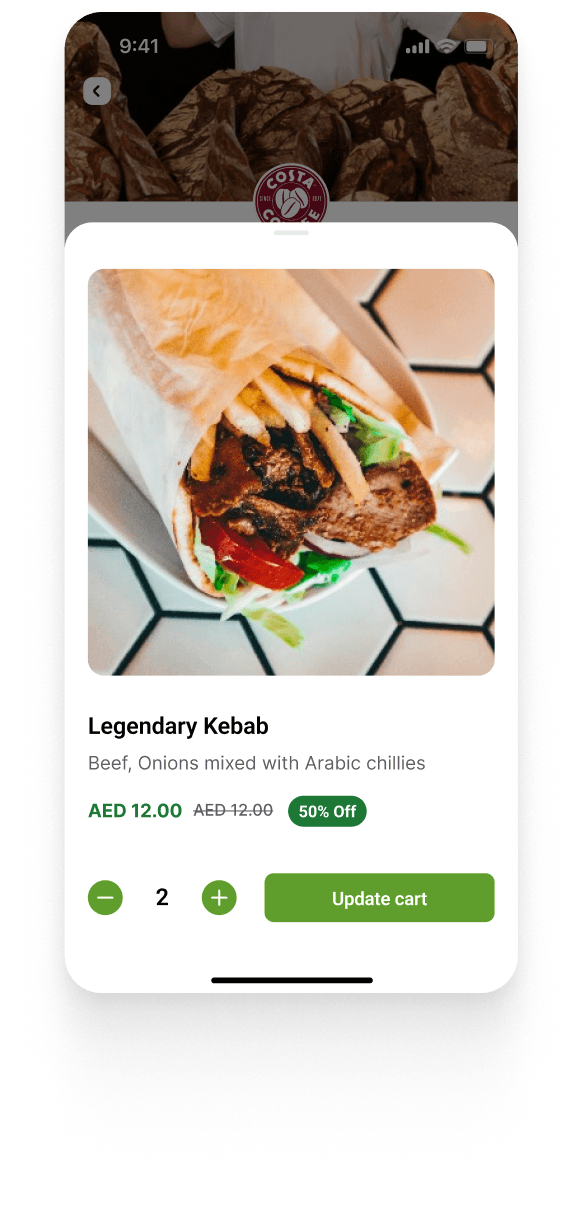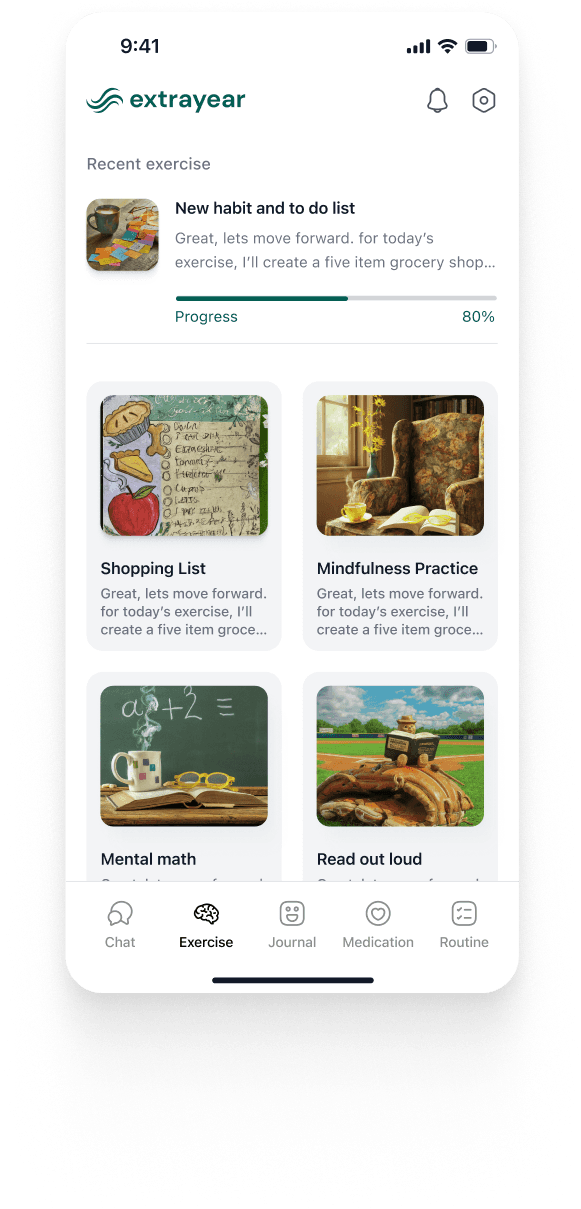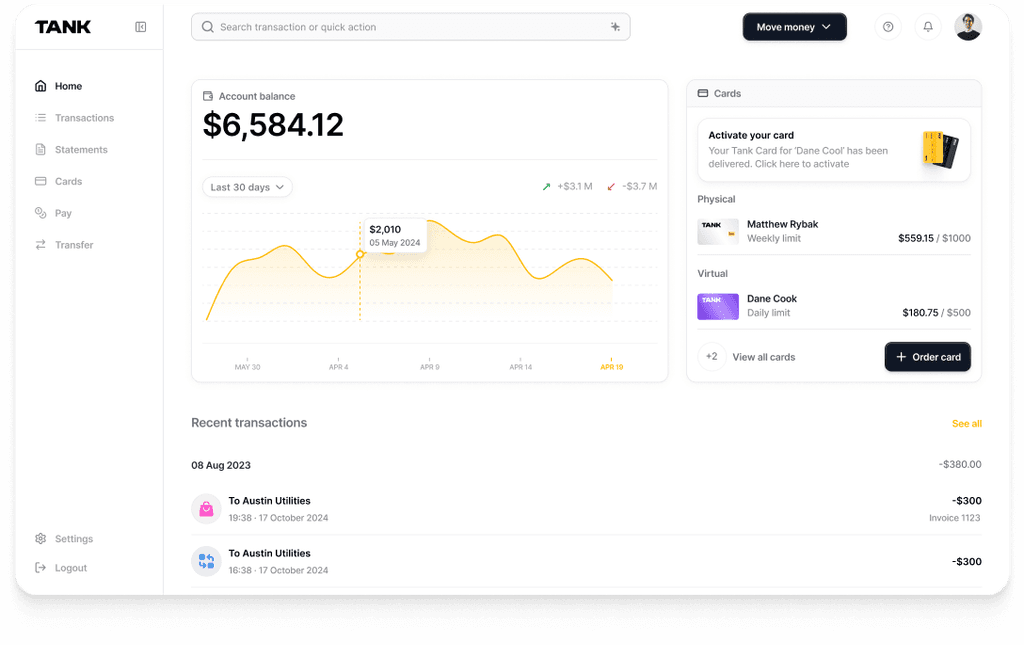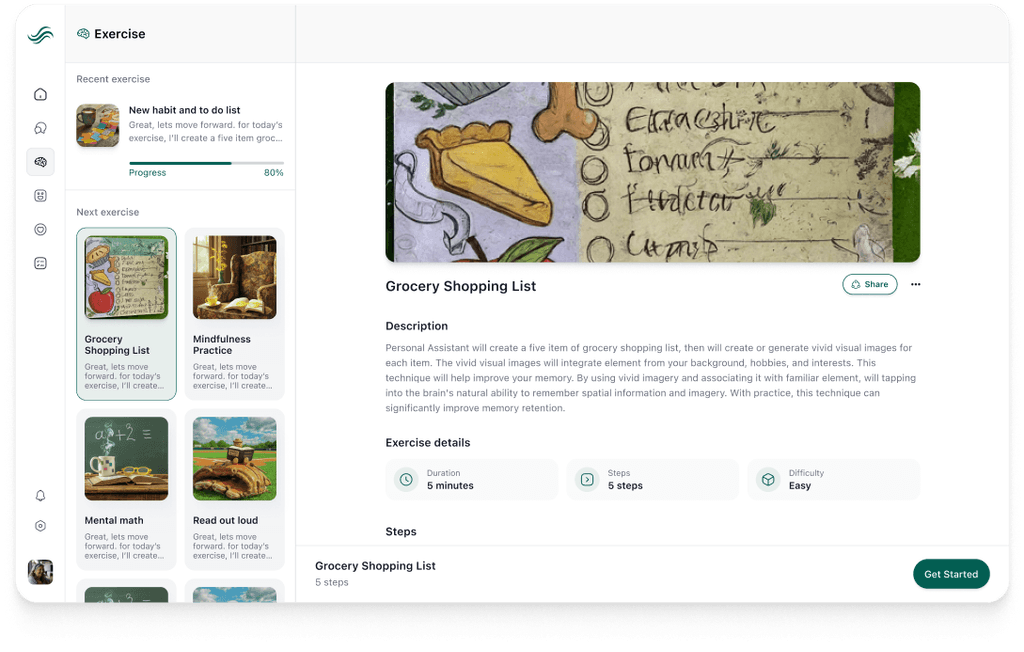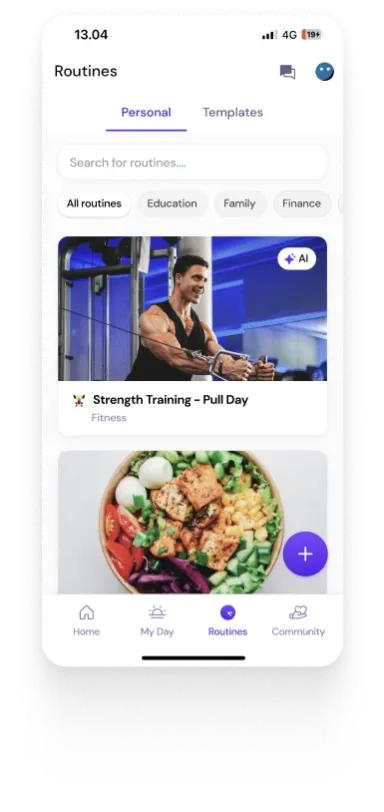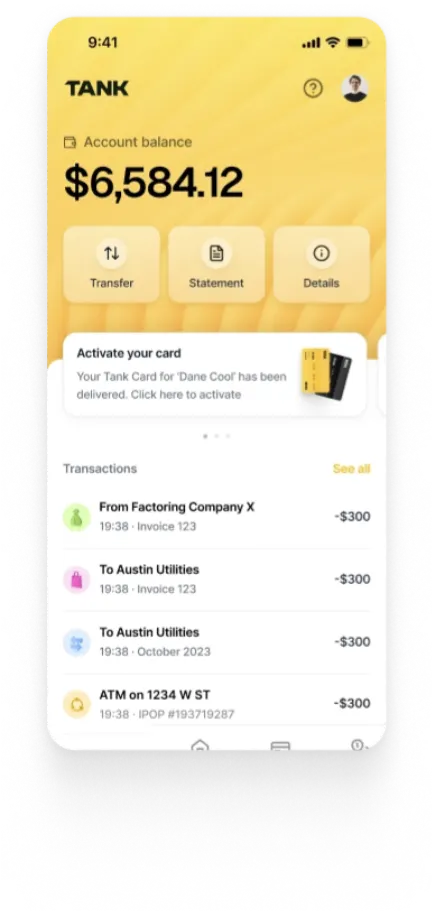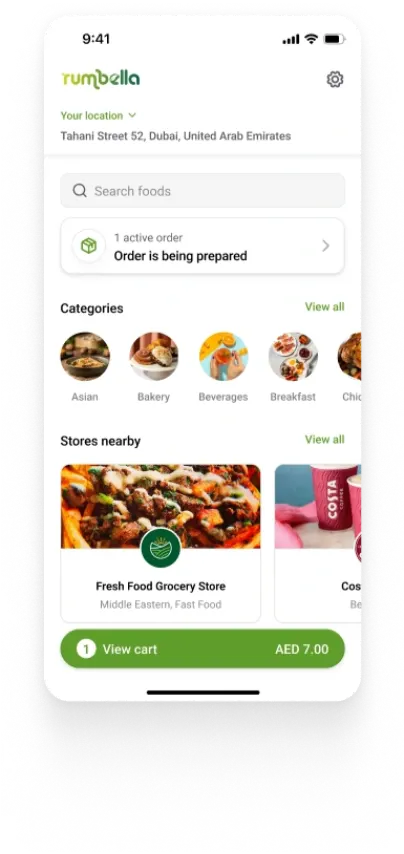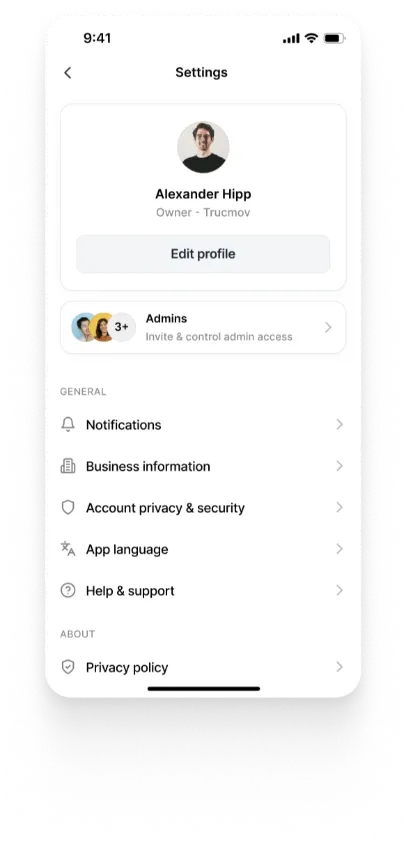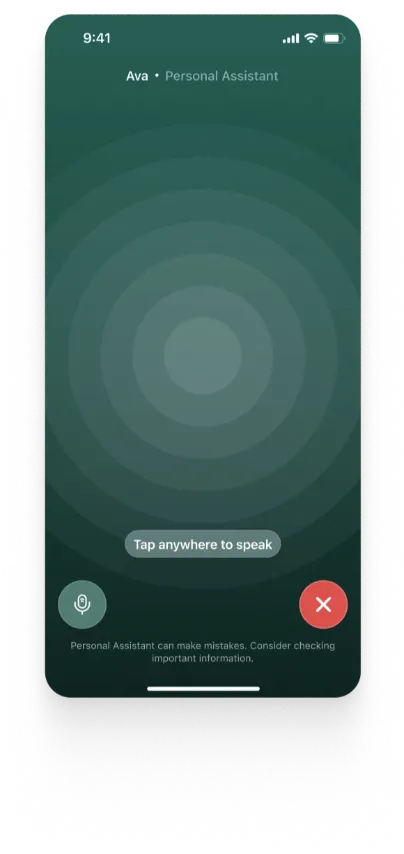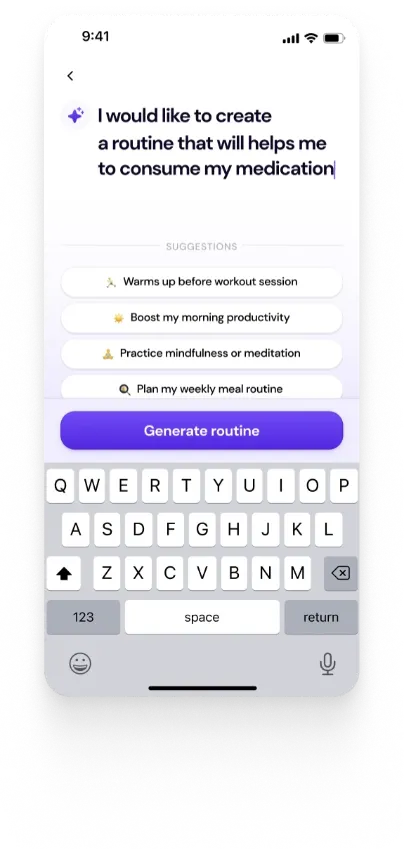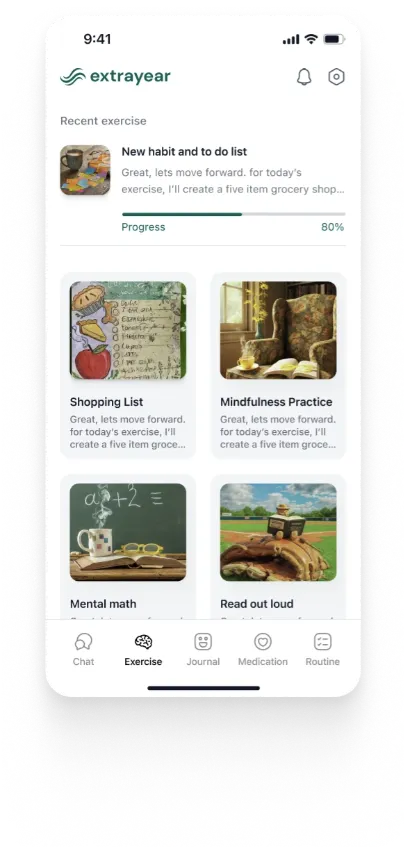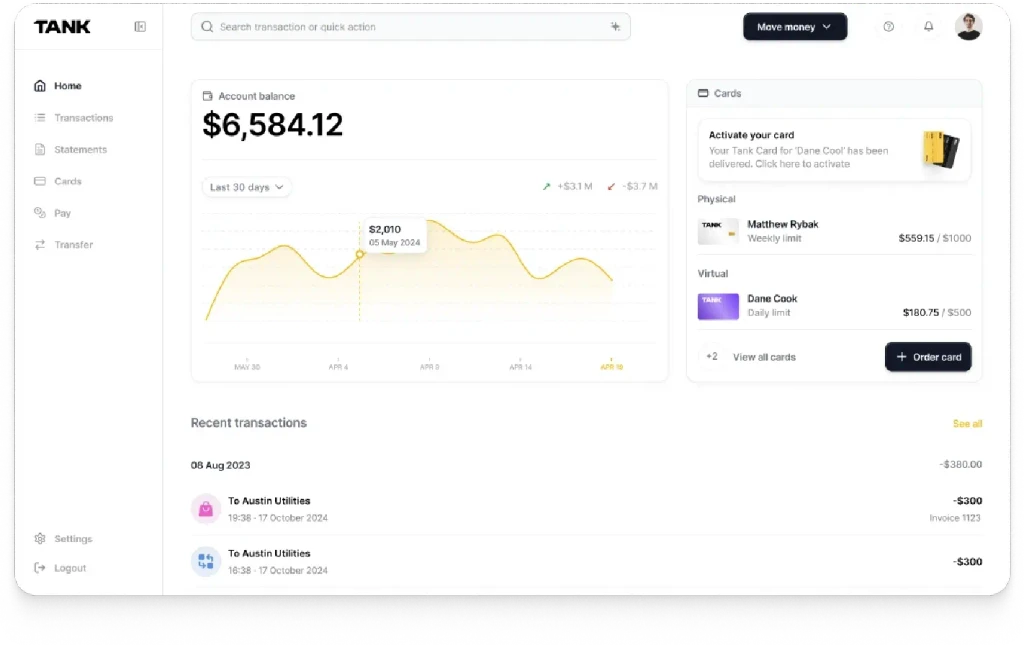Flutter vs Native App Development: What to Choose?
Summary
Flutter and native app development each have distinct advantages and disadvantages. Flutter allows developers to build cross-platform applications using a single codebase in Dart, offering a streamlined development experience. Native app development provides optimal performance and access to platform-specific features. The choice between Flutter and native development depends on factors like performance requirements and specific project needs.
Key insights:
Performance: Native apps often offer better performance as they are directly compiled to native code, while Flutter apps, running on the Flutter engine, may introduce some overhead.
Development Speed: Flutter allows for faster development with its hot reload feature and single codebase for multiple platforms, whereas native development requires separate teams and codebases for each platform.
Cost: Flutter can be more cost-effective by reducing the need for separate codebases and teams for different platforms, potentially saving on development and maintenance costs.
Language and Documentation: Flutter uses Dart, which is easy to learn and has comprehensive documentation. Native development requires knowledge of platform-specific languages like Kotlin for Android and Swift for iOS.
Testing and Integration: Both Flutter and native development offer robust tools for testing and integration. Flutter supports unit testing, integration testing, and end-to-end testing with hot reload for quick debugging.
Introduction
Flutter is an open-source mobile application development framework created by Google. It allows developers to build natively compiled applications for mobile, web, and desktop from a single codebase using the Dart programming language.
In this article, we will compare Flutter with native app development in detail, including the advantages and disadvantages of each approach, and explore which would be a better choice for you.
What is Flutter?
Flutter is a mobile application development framework that allows developers to build natively compiled apps for mobile, web, and desktop from a single codebase using the Dart programming language. Flutter is Google’s portable, free and open-source Software Development Kit and includes widgets and tools.
Flutter enables cross-platform app development. It gives developers an easy way to build and deploy visually appealing, natively-compiled mobile (both Android and iOS), web, and desktop using the same codebase.
What is Native App Development?
Native app development refers to the process of creating apps for specific mobile platforms, such as Android or iOS, using the native programming languages and tools provided by those platforms. For example, Android apps are typically built using Java or Kotlin, while iOS apps are built using Swift or Objective-C.
Native app development allows developers to take full advantage of the features and capabilities of each platform, but it also requires separate teams for each platform, as the apps must be built and maintained separately for each platform.
Let’s start off by comparing both Flutter and Native App Development in terms of their performance, development speed, costs, ease of learning, features and testing:
Flutter vs Native: Performance
Native app development allows developers to take full advantage of the features and capabilities of each platform, which can result in better performance compared to apps built with other frameworks.
While Flutter apps can provide good performance and a smooth user experience, they may not perform as well as native apps built with the native programming languages and tools in some cases. This is because Flutter apps run on a Flutter engine that interprets the app code at runtime, which can add some overhead compared to native apps that are compiled directly to native code.
However, Flutter apps can still provide good performance, especially on newer devices, and the performance gap between Flutter and native apps may narrow in the future as Flutter continues to improve.
In addition, the performance benefits of native app development may not always outweigh the other advantages of Flutter, such as the ability to build apps for multiple platforms from a single codebase.
Flutter vs Native: Development Speed
Flutter also provides a fast development cycle, with hot reloading allowing developers to see changes to their code almost instantly. This can save significant time and effort, as developers do not need to constantly stop and start their app to see changes. In addition, Flutter includes a rich set of customizable widgets and tools for building beautiful and functional user interfaces.
The Flutter widget library includes a wide range of pre-designed widgets for building common UI elements, such as buttons, lists, and forms. This can save developers time and effort, as they do not need to design and build these elements from scratch.
Native app development typically requires separate teams for each platform, as the apps must be built and maintained separately for each platform. This can result in slower development times compared to frameworks that allow developers to build apps for multiple platforms from a single codebase.
Native app development typically requires separate teams for each platform, as the apps must be built and maintained separately for each platform. This can result in slower development times compared to frameworks that allow developers to build apps for multiple platforms from a single codebase.
Flutter vs Native: Cost
One of the advantages of Flutter is that it allows developers to build apps for multiple platforms from a single codebase. This means that developers can write their app code once and then build and deploy it to both Android and iOS (and potentially other platforms) without the need to maintain separate codebases for each platform.
This can potentially save time and resources compared to native app development, which requires separate teams for each platform and separate codebases for each platform.
However, it is important to note that the cost of app development can vary significantly depending on a number of factors, including the complexity of the app, the resources available for development, and the specific requirements and goals of the project.
For example, an app with a simple design and functionality may be less expensive to develop than an app with a more complex design and advanced features. In addition, the cost of app development may also depend on the specific tools and resources used, as well as the availability of skilled developers.
Overall, Flutter may offer some advantages over native app development in terms of cost of development, as it allows developers to build apps for multiple platforms from a single codebase.
However, the cost of app development will depend on a number of factors and the best choice will depend on the specific requirements and goals of the app development project and the resources available for development.
Flutter vs Native: Codebase
One of the main advantages of Flutter is that it allows developers to build apps for multiple platforms from a single codebase. This means that developers can write their app code once and then build and deploy it to both Android and iOS (and potentially other platforms) without the need to maintain separate codebases.
According to a survey conducted by Google, Flutter developers report an average productivity increase of around 50% when using Flutter for cross-platform development. On the other hand, native app development requires separate teams for each platform, as the apps must be built and maintained separately for each platform.
This can lead to more complex codebase maintenance, as developers need to ensure that changes made to one codebase are also made to the other codebases. In addition, native app development may require more frequent updates to maintain compatibility with new versions of the operating system or to take advantage of new features and capabilities.
Overall, Flutter offers some advantages over native app development in terms of codebase maintainability, as developers can build and maintain a single codebase for multiple platforms. However, native app development may still be necessary in some cases, depending on the specific requirements and goals of the app development project.
The best choice will depend on the specific needs of the project and the resources available for development and maintenance.
Flutter vs Native: Language
One of the main differences between Flutter and Kotlin/Swift is the programming language used. Flutter uses Dart, which is an object-oriented programming language with a syntax similar to Java.
Kotlin is a statically typed programming language that is fully interoperable with Java and designed to improve upon some of its shortcomings. Swift is a powerful and intuitive object-oriented programming language for iOS, macOS, watchOS, and tvOS.
Dart is a programming language developed by Google that is used for building web, server, and mobile applications. It is an object-oriented language with a syntax similar to Java, which makes it easy for developers familiar with Java to learn and use.
According to a survey conducted by Google, around 77% of Flutter developers found Dart to be easy to learn. In addition, Dart has a large and active developer community, with a range of resources and tools available for learning and using the language.
For example, the Dart website includes documentation, tutorials, and a range of resources for learning the language and building Flutter apps. There are also a number of online courses, books, and other resources available for learning Dart and Flutter.
Kotlin is a statically typed programming language developed by JetBrains that is fully interoperable with Java and designed to improve upon some of its shortcomings. It is the primary programming language for Android development, and it is officially supported by Google for building Android apps. Kotlin is generally considered to be a concise and expressive language, with a focus on simplicity and readability.
According to a survey conducted by Google, around 92% of Android developers found Kotlin to be easy to learn. In addition, Kotlin has a large and active developer community, with a range of resources and tools available for learning and using the language.
Swift is a powerful and intuitive object-oriented programming language developed by Apple for building apps for iOS, macOS, watchOS, and tvOS. It is designed to be easy to read and write, with a focus on simplicity and readability. Swift is the primary programming language for iOS development, and it is officially supported by Apple for building iOS apps.
Flutter vs Native: Features and Documentation
Flutter includes a rich set of customizable widgets and tools for building beautiful and functional user interfaces. The Flutter widget library includes a wide range of pre-designed widgets for building common UI elements, such as buttons, lists, and forms.
These widgets can be customized and extended to create unique and custom user interfaces. Flutter also includes a range of features and tools for building and testing apps, including a hot reload feature that allows developers to see changes to their code almost instantly, a visual layout editor, and a range of integration and testing tools.
Some examples of widgets and features available in Flutter include:
Pre-designed widgets for building common UI elements, such as buttons, lists, and forms
A hot reload feature that allows developers to see changes to their code almost instantly
A visual layout editor for designing and previewing user interfaces
A range of integration and testing tools, including support for unit testing and integration testing
In addition to its comprehensive documentation and wide range of features and tools, Flutter has a large and active developer community, with a range of resources and tools available for learning and using the framework.
The Flutter community includes developers, designers, and other professionals who contribute to the development of the framework and provide support and assistance to other developers. There are also a number of online courses, books, and other resources available for learning Flutter and building Flutter apps.
Native app development allows developers to take full advantage of the features and capabilities of each platform, but it also requires separate teams for each platform, as the apps must be built and maintained separately for each platform. Some examples of features that may be available in native app development include:
Access to the device's camera, microphone, and other hardware features
Integration with the device's operating system and system-level services, such as push notifications and system settings
Support for the latest version of the operating system and access to new features and capabilities as they are released
This can lead to more complex development and maintenance processes compared to Flutter, as developers need to ensure that changes made to one codebase are also made to the other codebases. In addition, native app development may require more frequent updates to maintain compatibility with new versions of the operating system or to take advantage of new features and capabilities.
Flutter vs Native: Testing and Integration
Flutter also has strong support for testing and continuous integration, with a range of tools and frameworks available for testing apps at different stages of the development process. This can help ensure that apps are of high quality and ready for deployment.
For example, the Flutter Driver package allows developers to write automated tests for their Flutter apps, while the Flutter Test package provides a range of testing utilities for testing widgets and other Flutter components.
Flutter includes support for unit testing, integration testing, and end-to-end testing, with a range of tools and resources available for writing and running tests. Flutter also includes a hot reload feature that allows developers to see changes to their code almost instantly, which can make it easier to test and debug apps.
In addition, Flutter provides integration with a range of external APIs and services, including support for accessing and working with data from external databases and servers. Native app development also includes a range of tools and features for testing and integration, although these may vary depending on the specific platform and programming language.
For example, Android app development typically includes support for unit testing and integration testing using tools such as JUnit and Espresso, as well as support for testing app performance and compatibility using tools such as Android Studio and the Android Emulator.
iOS app development typically includes similar tools and features, such as XCTest and the iOS Simulator, as well as support for testing app performance and compatibility. Overall, both Flutter and native app development offer a range of tools and features for testing and integration.
Flutter offers the advantage of being able to build apps for multiple platforms from a single codebase and includes a range of tools and resources for testing and integration. Native app development allows developers to take full advantage of the features and capabilities of each platform, but it requires separate testing and integration processes for each platform.
The best choice will depend on the specific requirements and goals of the app development project and the resources available for development.
Flutter vs Native: Usage and Popularity
According to Google, Flutter has been used to build over 500,000 apps and has been adopted by companies such as eBay, Tencent, and Square. In a survey of over 1,700 developers by Google and IDC, it was found that Flutter was the third most popular mobile development framework, with 18% of developers using it regularly.
In addition, Flutter has been recognized as a leading mobile development framework by a number of industry analysts and research firms, including Forrester, which named Flutter a "Strong Performer" in its report on mobile development platforms.
Native app development, on the other hand, has been the traditional method for building mobile apps for specific platforms. Android app development typically uses Java or Kotlin, while iOS app development uses Swift or Objective-C.
According to Statista, Android and iOS together accounted for over 99% of the global smartphone market share in 2020. Major companies that have built apps using native development include Facebook, Uber, and Airbnb.
What to Choose?
Overall, Flutter, Kotlin, and Swift are all powerful technologies for mobile app development. When deciding between Flutter and native app development for a mobile app project, it is worth considering the benefits of Flutter as a development framework. Flutter offers the ability to build apps for multiple platforms from a single codebase.
This can potentially save time and resources compared to native app development, which requires separate teams for each platform and separate codebases for each platform. Flutter also includes a range of tools and resources for testing and integration, as well as a hot reload feature that allows developers to see changes to their code almost instantly.
While native app development allows developers to take full advantage of the features and capabilities of each platform, Flutter may be a more efficient and cost-effective choice for some projects, depending on the specific requirements and goals of the project and the resources available for development.













